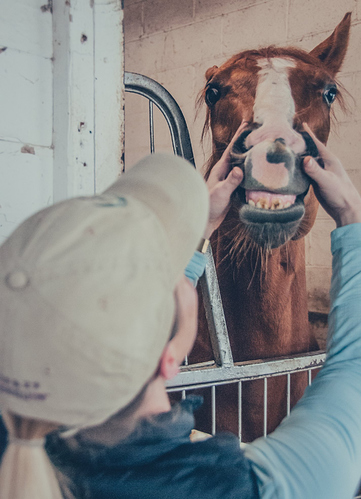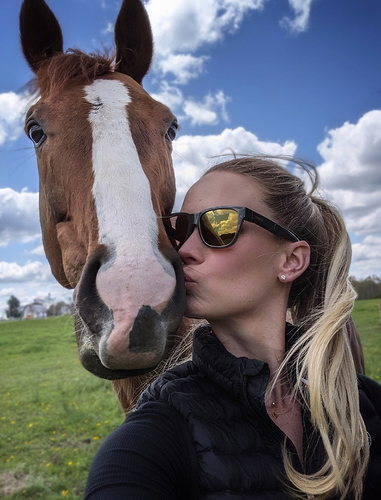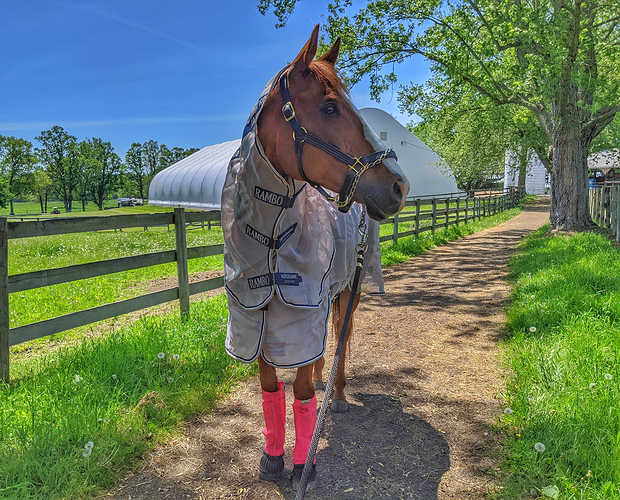Not what you asked, but you might try casting his feet. Cheap, easy, and effective. Talk to your farrier about it; they are not hard to apply. I learned to apply them myself.
https://www.centaurforge.com/3-Equicast-Temporary-Support-System-3-x-4-yards-Roll/productinfo/CAST3/
Also: this time of year, fly boots will help a TON. There is nothing worse for the thin-footed TB than stomping at flies.




